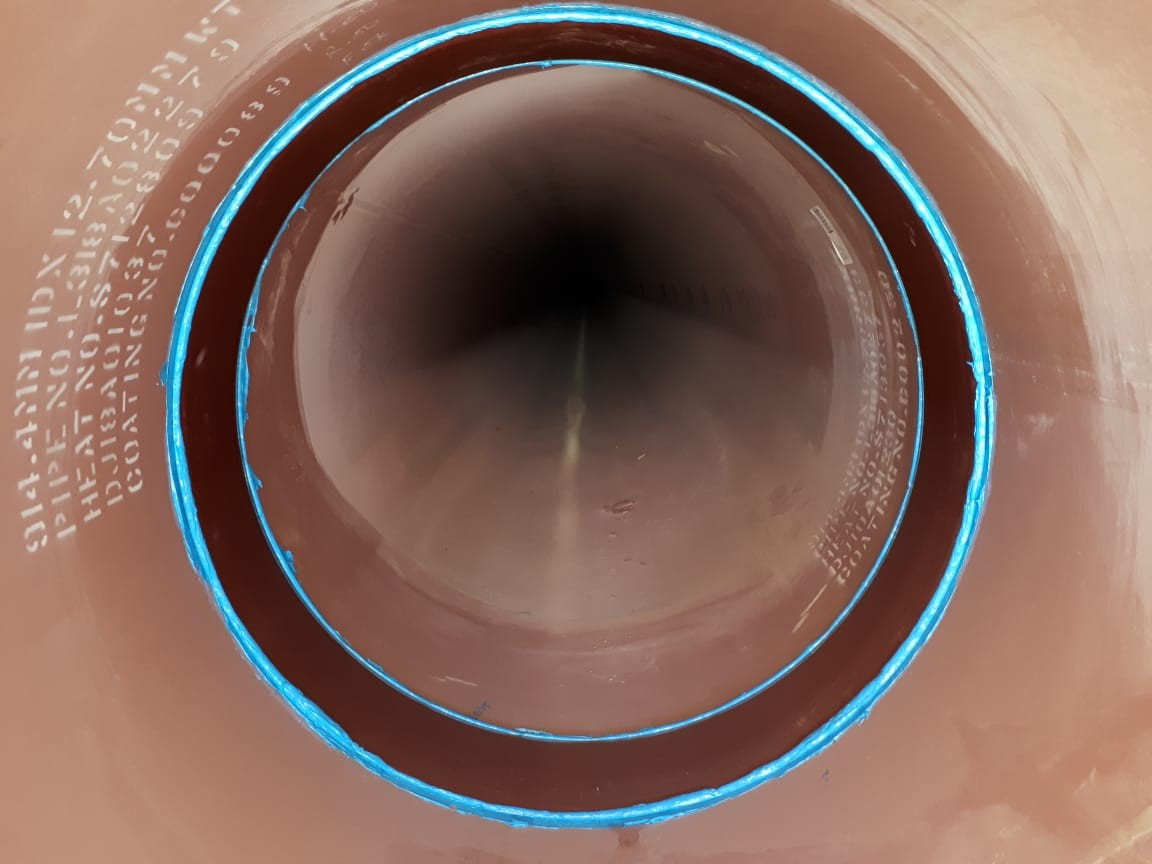The project
In consortium with the Tedagua company of Spain, we built a desalination plant with a capacity of 1000 l/s and subsequent transport to the mine at an elevation of 1700 m through a 36” diameter pipeline measuring 155 km in length.
The project is strategic for maintaining copper production at the Spence mine, owned by BHP, the largest mining company in the world.
Key facts and figures
Project impact
The project was fundamental for both Chile and the Antofagasta Region. Projects involving the use of sea water still face many economic and cultural obstacles in this country.
The effects resulting from the indiscriminate use of natural water resources can be seen in the increasing soil drought, the changes in natural habitats and the disappearance of less resistant species.
As far as the Antofagasta region is concerned, the project was developed in the Mejillones area, recently listed among the “Sacrifice Zones” of Chile due to the high concentration of polluting activities.
The project created job opportunities for the local people, and various social initiatives have been carried out to improve the city’s standard of living and socio-economic development.
An extraordinary project
We were at the centre of an ambitious project, driving the change toward a more sustainable mining industry and bringing jobs to the depressed area of Mejillones.
We were also involved in the construction of the transport system, using our own equipment and employing over 92% of local workers (over 2000 people at peak).

Technological challenges
In order to guarantee the water quality in the mine, the transport system was coated internally with Liquid Epoxy.
The greatest technological complexity was the internal coating of the joints welded on-site, which was done using equipment built specifically for the project.
The work achieved excellent performances, despite the curing times for the coating due to the high temperatures in the desert and the difficulty in accessing the pipe in some areas of the route.
SAIPEM also developed and applied a real-time monitoring system called SPiCoMS for the first time on the SGO Project. The project was judged the best in both the Innovation and Sustainability categories by the ONEC jury, winning Saipem's 15th Innovation Trophy for 2019.
Key takeaways
-
For many, it was their first experience in the mining industry. We dealt with restrictive standards, but also with the Chilean industry’s very organised management system. We were able to integrate and adapt the Saipem system with the local system through a continuous exchange of information and experiences.
-
We also gained construction experience in the internal lining of the pipelines and implemented the SpiCOMS real-time monitoring system for the first time.